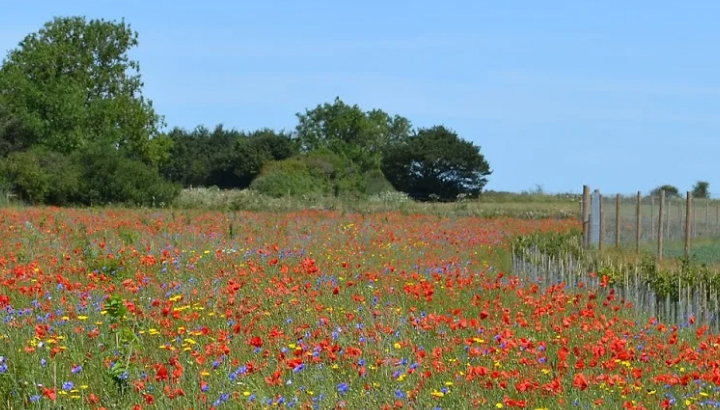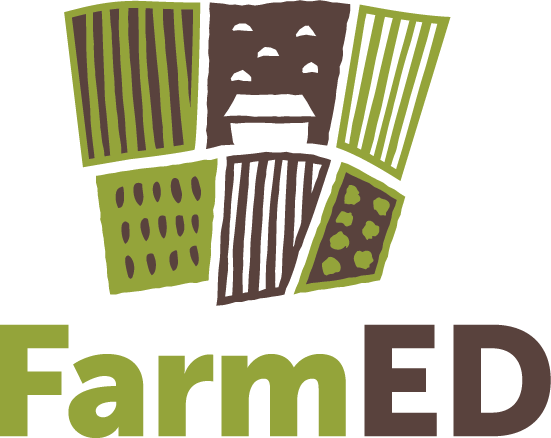Honeydale Farm is home to FarmED, a 107 acre (43ha) diverse mix of low input arable, grass and permanent pasture. We grow a wide range of crops and leys, such as sainfoin, heritage wheat, rye, complex herbal leys, along with other crop trials. The grassland and leys are managed by a mob grazing 'flying flock' of ewe lambs. The farm is also home to a community supported kitchen garden, apiary, heritage orchard and natural flood management scheme.

Here’s a taste of all the things we do on our farm
FarmED Centre
The centre itself is made up of three beauitful eco-buildings, including a multifunctional Conference Barn, farm to fork Cafe and farm building which houses the micro dairy and kitchen garden packing shed. We have plenty of onsite parking, including accessible and electric spaces.
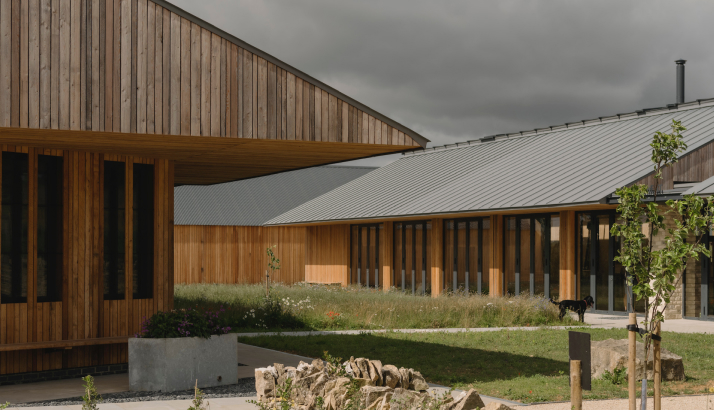
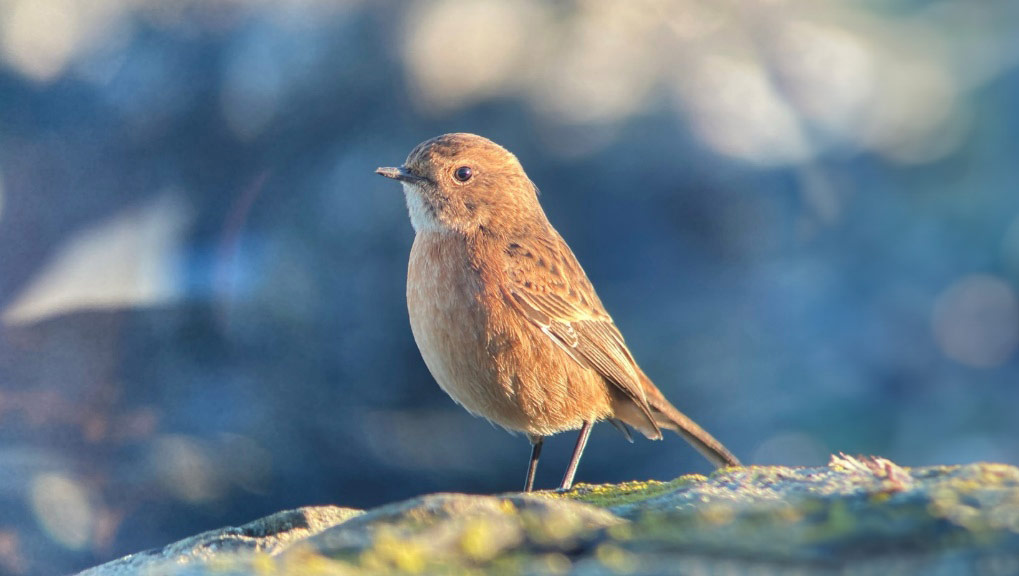
Bird and insect margins
Bird surveys conducted at FarmED have shown that the diversity of bird species on the farm has risen significantly over recent years, rising from 44 different species recorded in 2014 to a cumulative total of 84 by 2020. The most recent spring survey highlighted the presence of seven species which are included on the RSPB’s endangered red list, plus six species which have amber status.
Apiary
Our bees pollinate our crops and produce wonderful honey. The Apiary and Bee Garden is the ideal spot for outdoor learning, surrounded by fruit trees and wildflowers.
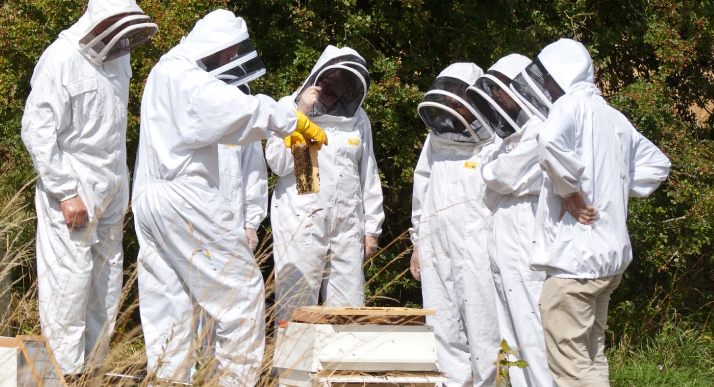
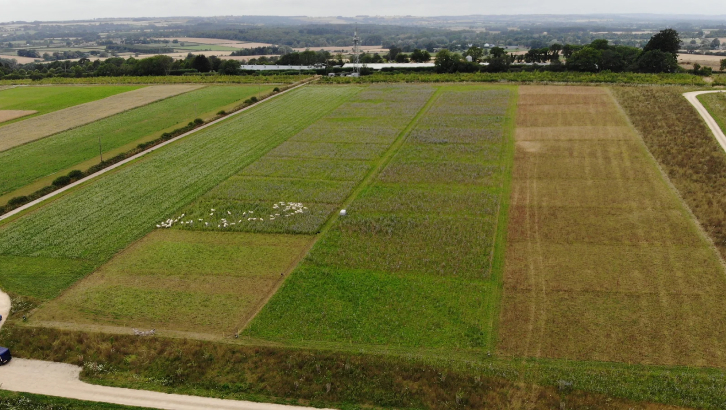
Rotation
A diverse eight year rotation is at the core of our regenerative farming operations. We grow heritage wheat and rye and mob graze the herbal leys with sheep to help build soil health and fertility whilst providing a habitat for farmland birds and invertebrates. Our system is low input and we don't use artificial fertilisers or sprays (except on the wheat control plot). We use minimum/no tillage approaches where possible and only shallow plough when changing from grass to wheat.
Woodland shelterbelt
The woodland shelterbelt to the north of the farm was established in 2014. It helps protect against prevailing winds, provides a habitat for wildlife and is also a great sequester of carbon. Supported by The Woodland Trust, the shelter belt comprises a mix of native shrubs and trees including field maple, lime, hazel, blackthorn, hawthorn, beech and many other species.
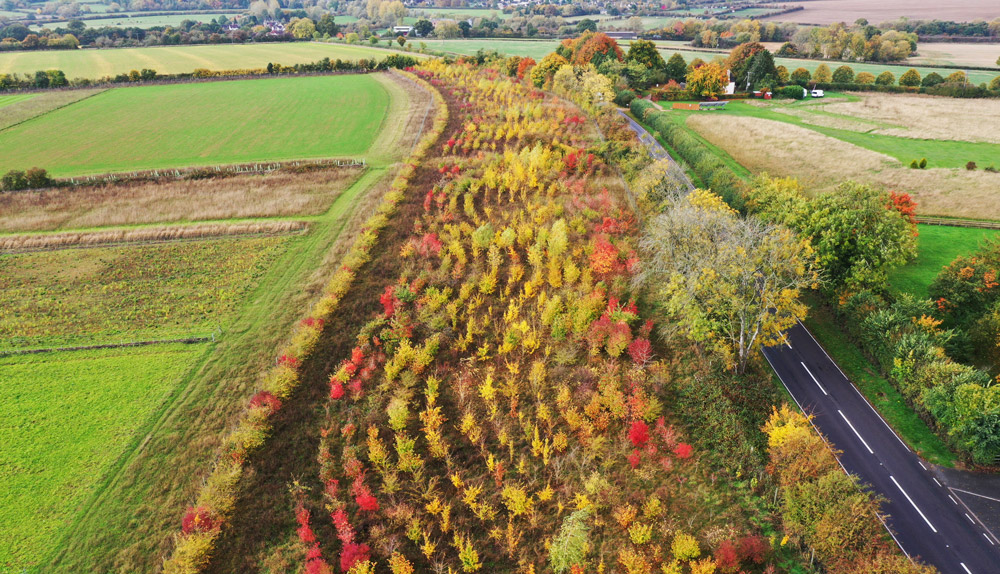
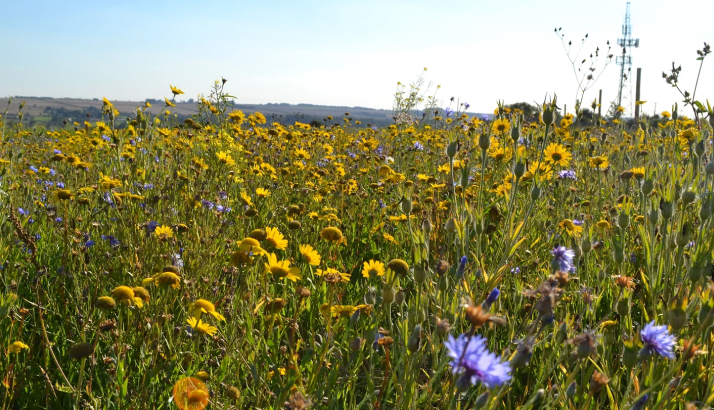
Field Margin
A range of 6 and 12 metre wildflower margins run around each field - they are a great habitat for pollinators, insects, hares and ground-nesting bird species. They also buffer our field boundaries from farming operations. We leave some uncut through the winter. Our margins include native grasses plus oxeye daisy, wild carrot, field scabious, musk mallow, birdsfoot trefoil and meadow buttercup.
Permanent pasture
Honeydale Farm's pastures are managed organically - no fertilisers or sprays are used. We currently manage them with sheep and cattle by mob grazing, set-stocking and deferred grazing methods, working with a local grazier. We cut the pasture for hay later in the summer. In the UK we have lost 98% of our species rich permanent pasture since the 1940s, one of our most precious habitats and landscape features. You will also see historic ridge and furrow in our pastures, an archaeological pattern of ridges and troughs created by ancient ploughing methods.
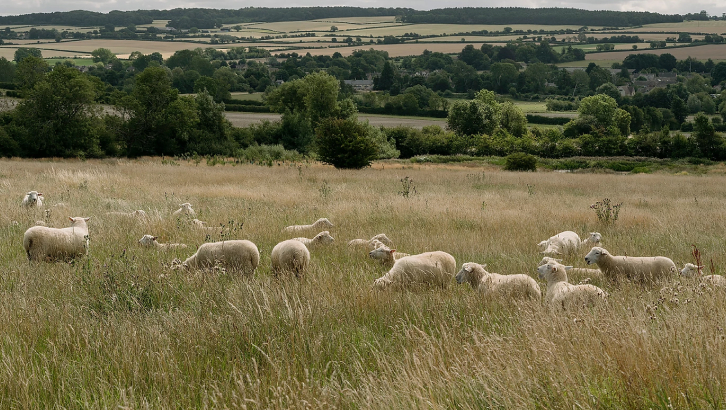
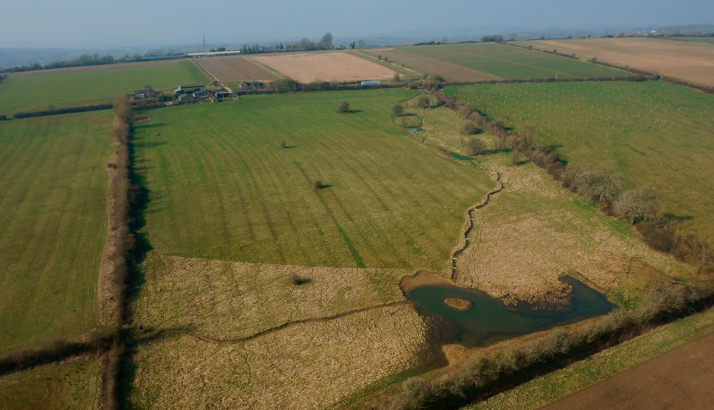
Natural flood management
The award-winning natural flood management scheme is an innovative partnership project with the Cotswold Rivers Trust. In 2015 we rerouted the running spring to help reduce the likelihood of flooding along the Evenlode Valley and also create a new wetland habitat area for wildlife. It's made up of a series of small leaky dams known as attenuation bunds, connected by short lengths of meandering channel, which hold up the flow of water and allow it to be released in a controlled way. Once water over-tops the final dam, it’s collected in a shallow scrape where excess drains away into the subsoil. This reduces the flow of water reaching the river and therefore lessens the likelihood of flooding. The scheme also reduces the loss of nutrients from farmland into the River Evenlode. The final water holding area was planted with trees to form an infiltration zone, with their roots helping the excess water infiltrate the subsoil.
Heritage Orchard
Our unique heritage orchard showcases 250 varieties of fruit and nut trees, made up of apples, cherries, apricot, damson, gage, mulberry, nectarine, peach, pear, plum and quince. Within this we have a selection of local apple varieties, such as 'Oxford Beauty', 'Deddington Pippin' and 'Oxford Conquest'. Many of the rare varieties are no longer grown commercially but the heritage orchard helps their survival. We also graze the sheep through the orchard - a form of silvopasture. The fruit is harvested and used in our Cafe/ kitchen and shared with the onsite community supported kitchen garden.
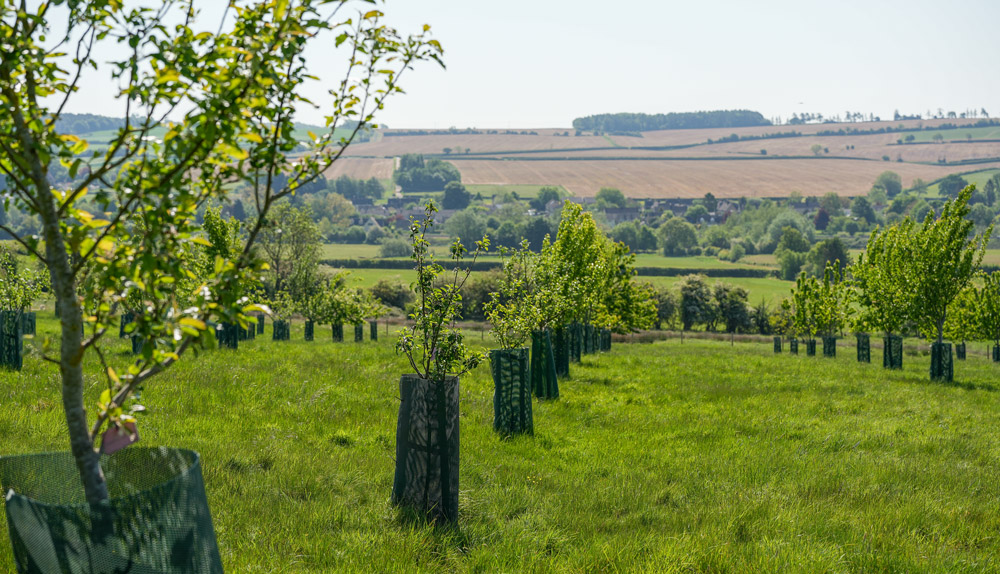
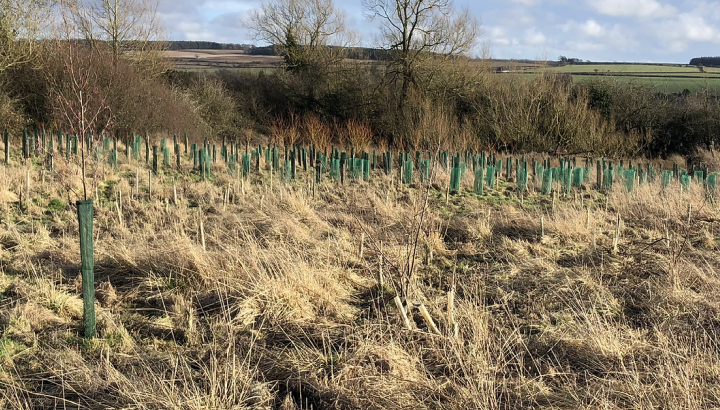
Woodland
The wet woodland next to the natural flood management scheme was established in 2015 by 30 volunteer tree planters from the local community. It contains 2000 saplings including alder, hazel, field maple, willow, dogwood and sweet chestnut.
Community Supported Agriculture scheme
The Kitchen Garden People run our Community Supported Agriculture scheme (CSA). CSAs are a great way of supplying nutritious vegetables and other fresh produce to local communities, eliminating waste and the risk to the grower. People pay a monthly subscription and whatever is produced that week is divided up so that everyone gets an equal share. The Kitchen Garden People grow on a five acre site on the farm and provide shares for 120 families, plus fresh produce for the FarmED Kitchen. The team grow a large mixture of salads and veg including asparagus, kale, rainbow chard, courgettes, spinach, purple sprouting broccoli, among many others.
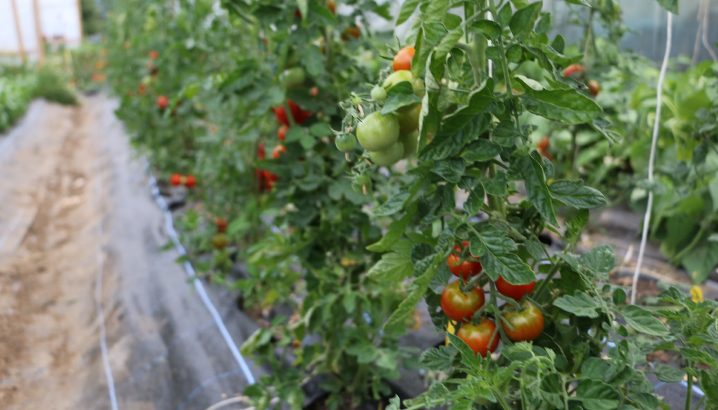
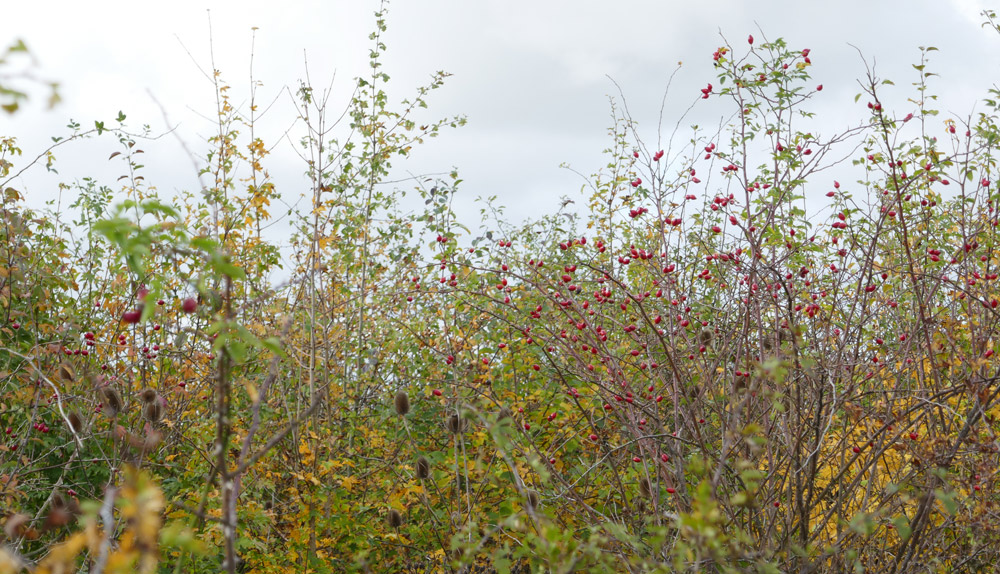
Tree seeds
The tree seed plantation consists of half an acre that was planted with native tree seeds. We worked in conjunction with The Woodland Trust, FWAG and Forestart who specialise in seed collection from trees. Look at how tall the tree seeds are now! Most are even taller than the deer fencing that kept them safe when they were first planted.
Sainfoin
One hundred years ago, sainfoin was grown in one in seven fields in the Cotswolds. This once popular forage crop is now rarely seen, but it's rich in protein and has anthelmintic properties and a good nutrional balance. Many call it 'Healthy Hay'. We make a cut from it for silage, which is fed to the cattle and we mob graze the livestock on it too. This forgotten forage is perfectly suited to our free draining, brashy soil.
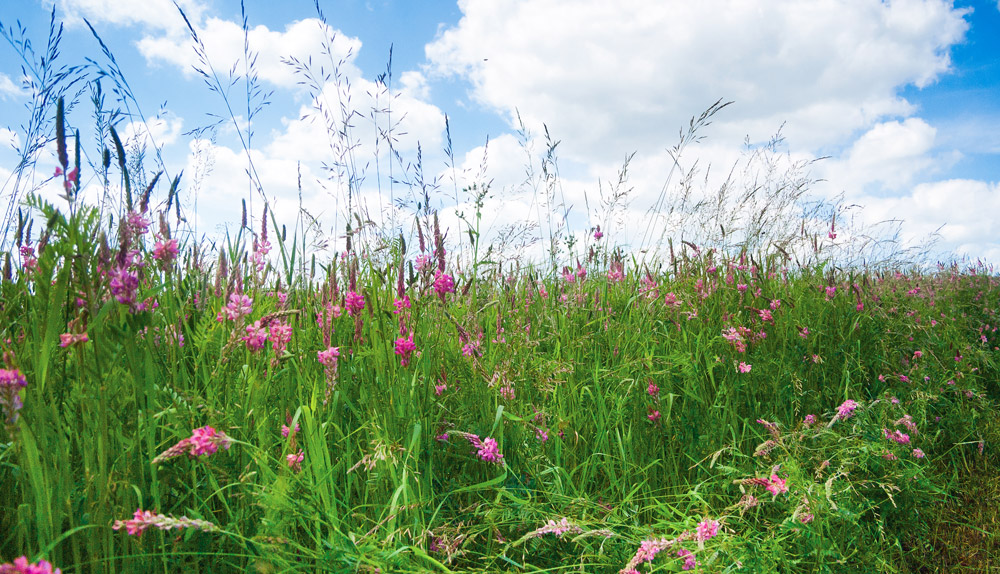
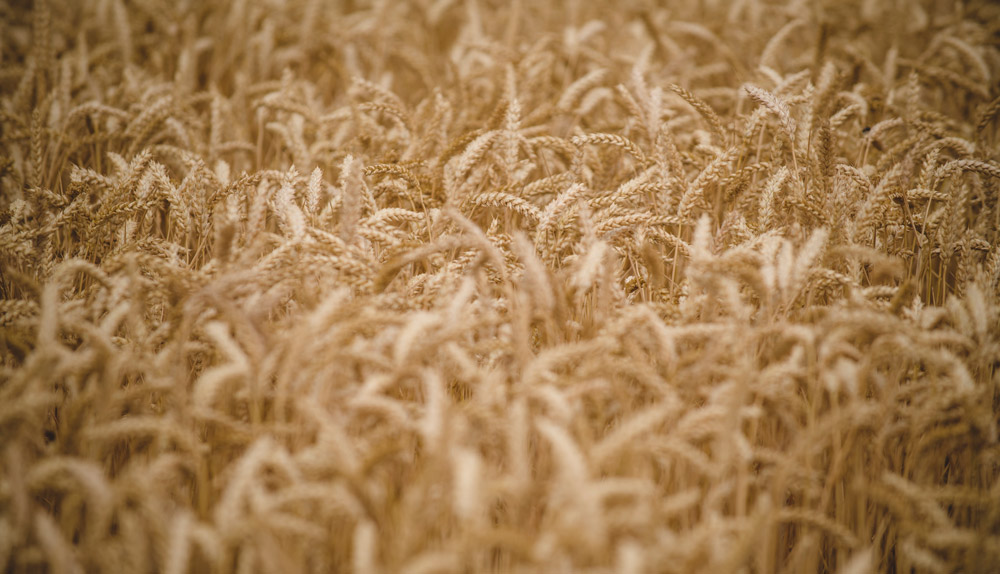
Control plot
The control plot is sown with winter wheat and is farmed in a conventional way. The plot is used for baseline data to measure against our regenerative rotation plots when comparing soil structure and soil health.
Wild Flower Meadow
Our wildflower meadow is a vivid carpet of flowers that appeal to pollinators and insects. You’ll see a wide variety of species including - field scabious, meadow buttercup, ox-eye daisies, cornflowers and cowslips.
